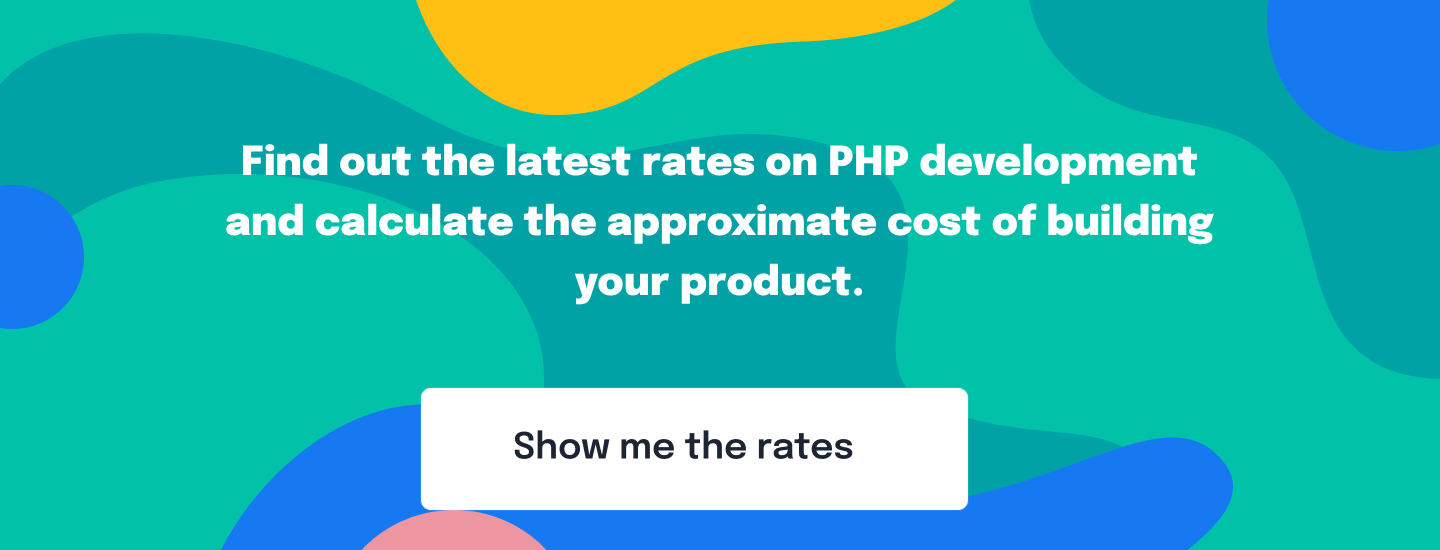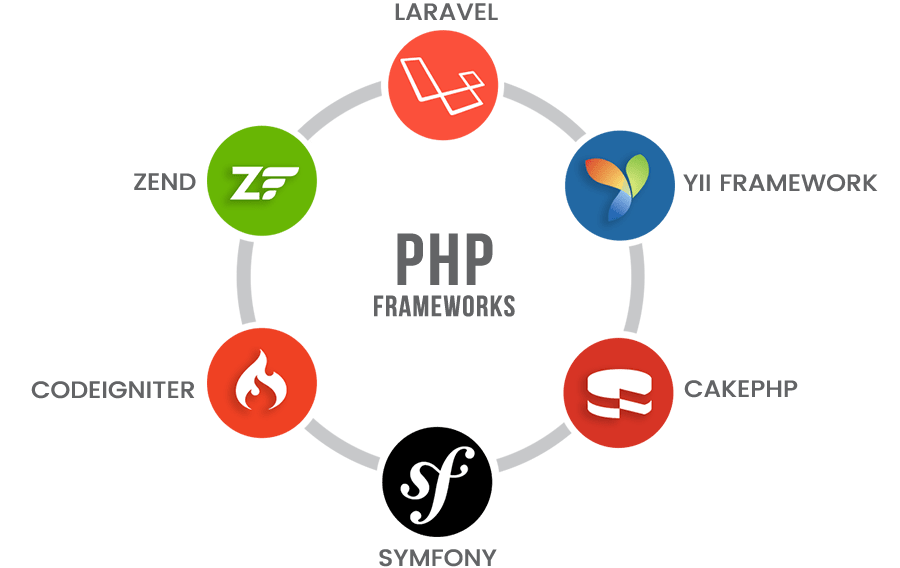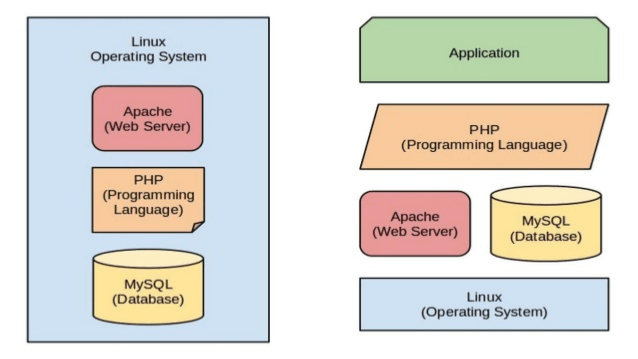When it comes to aging in programming, PHP is an example of the programming language that’s looking good even despite being around for so long (the first version saw the world back in 1997).
Although PHP is not a universal favorite, there’s no denying that the language is still highly relevant for web development projects. With platforms like WordPress running on it extremely well, it’s clear that the syntax and toolkit of the language (there are dozens of convenient features, such as the ability to send email using PHP) are scalable, robust, and adaptable.
However, with multiple modern programming languages at their disposal, programmers still wonder if relying on PHP to build web apps makes any sense. In this post, I will take a look at the benefits of choosing the language despite its polarizing reputation and will share tips to help developers get the hang of PHP app development.
10 Reasons to Choose PHP for Web Applications
Although Java or Python is the language of choice for most WPA developers, in my opinion, PHP doesn’t fall short. Personally, I enjoy how well-performing, scalable, and functional PHP-based products are (apparently, the folks over at Facebook think so, too since they use the language to support the web app and get excellent marketing metrics at the end of the day).
If I had to narrow the list of reasons to choose PHP for web app development down to ten points, I would include the following ones:
1. No added fees
If you choose PHP for web application development, there is no need to pay extra for commercial-use licenses. The language is free to use, with dozens of frameworks that will not cost you a cent. If a startup owner is bootstrap and can’t afford to maintain an expensive tech stack, there’s no better option than hiring a PHP developer. One of the cost-effective solutions is to use the outsourcing option.
2. Compatible with most servers
Whether you use Windows or Unix to support the app, integrating PHP with either will not be a problem at all. Netscape, Apache, iPlanet, and some other popular web servers are supported as well. As a result, there’s no way you will struggle with hosting and deploying your PHP code.
3. Ease of learning
PHP is one of the most straightforward server-side languages out there. Entry-level programmers will find it easier to grasp the basics of PHP compared to, for instance, C, while intermediate coders can use their experience in other languages (C or Perl) to get the knock of PHP in weeks.
There’s plenty of learning content on PHP programming as well – feel free to choose among dozens of books and online courses covering both the language and most popular PHP frameworks.
4. Higher speed
Since PHP is a language written for the web, the performance and loading speed of projects handled in PHP often trumps those created in general-purpose languages. Personally, I believe that the language’s ability to rely on its own memory and freeing the server workload is the reason why the language performs so well.
Other than website performance, PHP’s straightforward design principles result in a faster development process if compared with Java or C.
5. Huge community
The community of PHP developers is extremely versatile and stratified. From small business owners to large companies (Facebook, Yahoo, or WordPress), millions of companies all over the world rely on the language. As a result, a software developer gets hundreds of basic and advanced tools at his disposal.
There are plenty of vibrant PHP forums where hundreds of questions are asked and answered every day, from basic (e.g. how to create a landing page) to advanced ones. The language’s Reddit thread, for one, has over 120k followers and impressive daily activity.
6. Secure database connection
Personally, I find PHP a convenient language for database handling. Unfortunately, not every programming language has a built-in database integration module – yet, PHP does. That’s why the language is easy to integrate with database management systems – MySQL in particular.
7. Dozens of frameworks
PHP developers get to use a lot of tools to save time on development and reuse code fragments. Most PHP frameworks and libraries out there are open-source – here are the most common ones for web app development.
Frameworks:
- Laravel;
- CakePHP;
- Symfony;
Libraries:
- Hoa;
- Mink;
- Geocoder;
- Ratchet.
Most of these frameworks are also very easy to integrate with external services. As a result, you can, for example, test the emails you send with a tool like Mailtrap. With any platform from the chart above, the setup takes just a few minutes. Then, you can route your emails to Mailtrap’s safe testing environment for an easy inspection.
8. Large web app toolset
The latest versions of PHP have a robust toolset dedicated specifically to web application design. There is a wide range of operators and declarations (e.g. type, return type declarations) developers have at their disposal.
A wide range of web-app-development-oriented features increases the number of website types PHP can support, further contributing to the versatility of the language.
9. Easy to understand
PHP is an easy-to-understand language, as it revolves around request-handling and resource-sharing. Software developers who prefer the bottom-up development curve would enjoy using the language for web app development since it does a good job of composing functional products from existing tools and features.
Other than that, a mature series of class standards and well-developed interfaces contribute to the effortless comprehension of PHP.
10. Huge market share
Love PHP or hate it, the language does make up 52% of the Internet. Since it still powers millions of websites all over the world, there are plenty of opportunities both for developers and business owners.
On one hand, business owners can build a cost-efficient team of specialists (according to statistics, the average salary of a PHP developer in the US starts at $54,000). On the other hand, novice software developers will find a job easily – there are over 13,700 openings on Indeed right now.
Step-by-Step Guide to PHP Web App Design
While PHP is one of the most versatile tools for web application building, the tool is only as good as its wielder. To create a scalable and functional PHP application, development teams need to have a thought-out step-by-step development strategy. As a rule of thumb, these are the stages of PHP-based web application development.
Step 1. Define the requirements of the application
Before designing a tech stack, you need to specify the list of features and requirements of the future application – whether or not it is database-driven, has to support e-commerce features, etc. Understanding the product scope will facilitate product development and improve the accuracy of estimates.
Step 2. Choosing the right framework
There are three types of frameworks PHP developers use to create projects. Let’s take a closer look at each of these:
- Pre-built PHP frameworks – Laravel, Symfony, CakePHP, etc.
- Content management systems – WordPress, Drupal, etc.
- Custom frameworks – a framework, created by the development team and tailored to your needs.
Step 3. Development and testing
After deciding on the tech stack, the development team starts working on the functionality of the application. Depending on the complexity and the scale of the product, the amount of time needed to develop a PHP app from scratch varies – it can take from about a week to up to a month.
In my experience, it’s common for PHP development teams to not pay enough attention to product security testing. Unfortunately, the language has a couple of security exploits to reckon with – SQL injections, cross-site request forgery, and others. To make sure none of these put the data your application stores in jeopardy, sanitize, and encrypt all data that enters the database.
Step 4. Deployment
After the application is ready for release, a software development team chooses the environment for deployment. Since PHP is a versatile language, coding teams have multiple options to consider – however, the LAMP architecture is the most popular one. Let’s take a look at its main components:
- Linux – you can deploy a web app using the operating system and its packages
- Apache – the most popular web server for PHP hosting (although some developers would use Nginx instead).
- MySQL – a number-one database management system used in conjunction with PHP.
- PHP as the primary language for web app development.
The good news is – there are plenty of guides on LAMP deployment – here’s a good one to check out.
Conclusion
While PHP is not the most modern language out there, it is a web developer’s next-to-best bets when it comes to web application development. The language is constantly pushing the frontier in terms of syntax convenience, performance, and security, comes with dozens of efficient frameworks, is backed up by a strong community, and has robust documentation.
If you want to build a web application, join the crowd of companies who brought their concepts to life using PHP.









